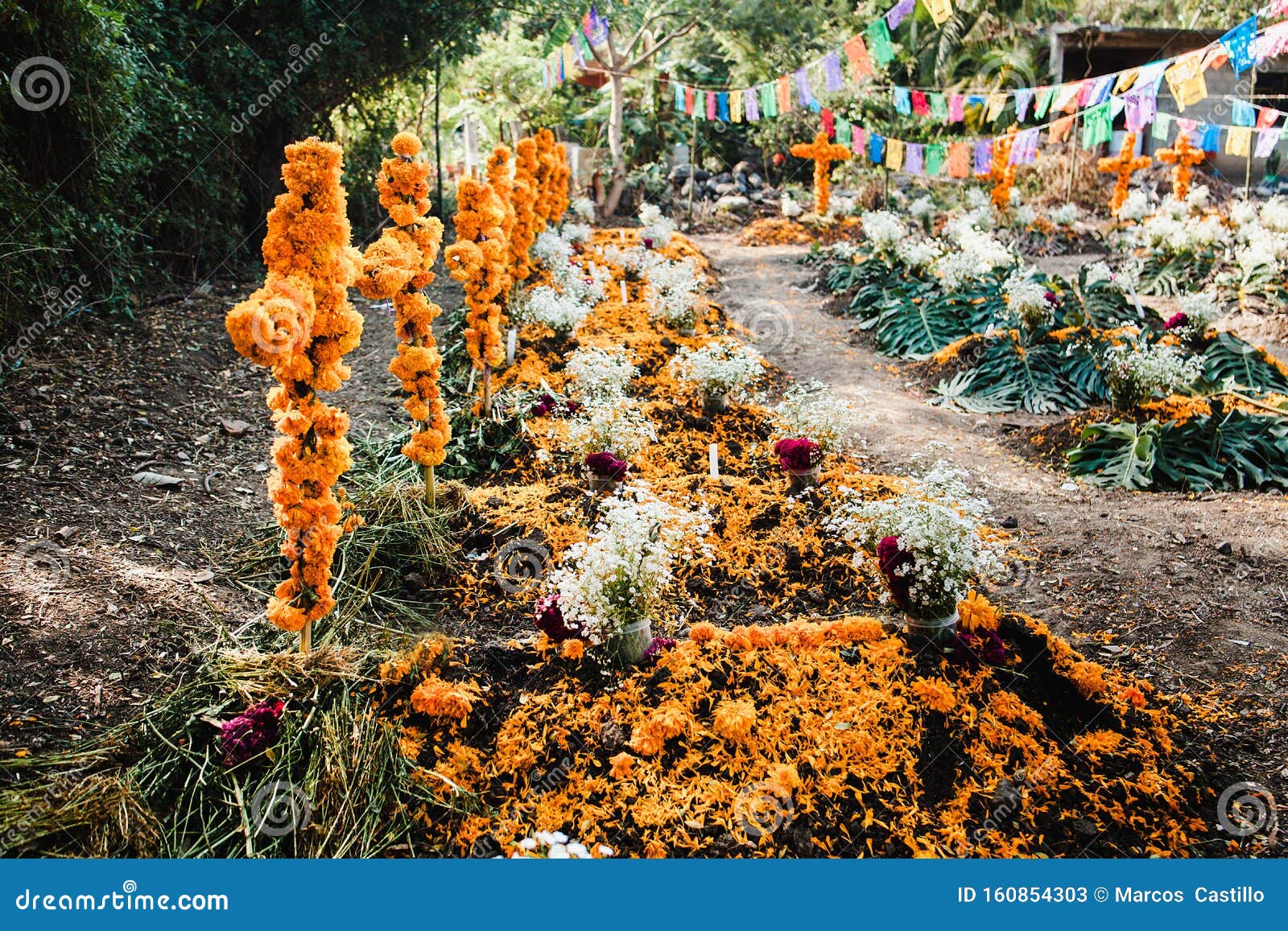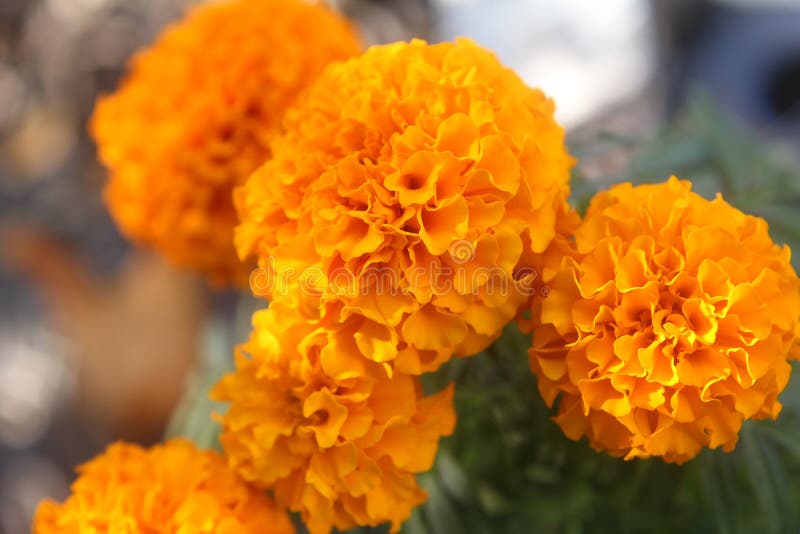

Elaborate altars include a walkway made of marigolds that begins at the entrance of a home and ends at the altar.

Their bright orange color and fragrance are believed to help guide souls back to the living world for one evening. Flowers: The most popular flower on Day of the Dead altars is the cempazúchitl or marigold, which represents the earth.I like to use prints that include only the people being honored on my altar (no living people are in my altar photos – there’s no rule about this, it just seems like a goocher!). Photos: Photos are meant to honor your deceased loved ones.The most basic elements of an altar include photos, flowers, and candles. Within the home, people create altars with photos, mementos, and offerings that pay homage to the deceased.īelow I have outlined the different items that can be included on a Day of the Dead altar, along with their symbolism and significance in the hopes that you are inspired to remember and honor someone special this year! Outside of the home, families visit graves and enjoy food and music as they reminisce about their loved ones who are no longer with them. On Day of the Dead, we acknowledge the spirits that are with us and allow them to fill our homes with the memories of the lives that they left behind.ĭay of the Dead can be traced back to the Aztecs and is typically a two-day celebration beginning on November 1 with Día de los Inocentes (Day of the Innocent), which honors deceased children and ending on November 2 with Día de los Muertos. Now my son even helps decorate and I can only hope that he grows to appreciate this tradition as much as I do.

On this day, altars are erected and decked out to resurrect the memories of those who have passed away.Įvery year, my altar only grows and grows as I honor my own loved ones who have passed: my father Jose Luis Luna Wiarco, my grandmother, my great grandparents, and my baby cousin Olivia. It is a tradition that bridges the past with the present, mocks death in a fun and festive way, and celebrates life. Or, if prefer a simpler decorative commemoration, fill a few vases with marigold bouquets, and let the bright colors and lovely scent remind you that Día de los Muertos is, indeed, a celebration.Día de los Muertos (Day of the Dead) is a Mexican cultural tradition that I developed a deeper appreciation for as I learned more about the celebration’s meaning and significance. In some communities, people build a path of marigolds from their homes to their loved one's tombstone, in order that the deceased may easily find their way back home again.ĭía de Los Muertos at Home If you want to celebrate Day of the Dead this year, try creating a small ofrenda of your own, adorning it with flowers, photos, candles, or any other memorabilia you like. It is believed that marigold's bright colors and attractive scent guide dead souls back to their familial altars. Elaborate arches, crosses, and garlands are created with the orange and yellow flowers and set upon altars and gravestones. To the Aztecs, the marigold was a sacred flower used in religious ceremonies and funerary rituals, which makes sense why they would continue to be used in all elements of Día de los Muertos. Zempasuchitl, aka marigolds, are the traditional flower of the dead and are the most-used flowers during this holiday.

It's this very spirit of commemoration which has made fresh cut flowers compulsory in the multitude of Día de Muertos decorations and ofrendas. However, el Día de los Muertos is more of a celebration where friends and family gather to pray and remember those who have died, giving it more of a commemorative feel than Halloween. Oftentimes, Día de los Muertos is compared to Halloween, due to its proximity of date as well as the shared elements of decorating with images of skeletons, paying tribute to spirits, and celebrating death and the afterlife. These altars are warm and welcoming, typically adorned with Zempasuchitl (marigolds), and covered with candles, photos, calaveras (sugar skulls), and the deceased's favorite foods. Many people construct ritual altars in their homes and communities which are intended to welcome returning souls back to the land of the living for the day. In addition to celebrations in cemeteries, another big element of Día de Muertos is the construction and decoration of ofrendas, or altars. This ancient custom of honoring of the dead has become a lasting tradition in Mexico, and is also celebrated in the U.S. To them, death defined and illuminated life they complement each other and just as death comes from life, so life comes from death. El Día de los Muertos is thousands of years old and has its roots in the pre-Hispanic ceremonies of indigenous Mexicans, most notably the Aztecs.


 0 kommentar(er)
0 kommentar(er)
